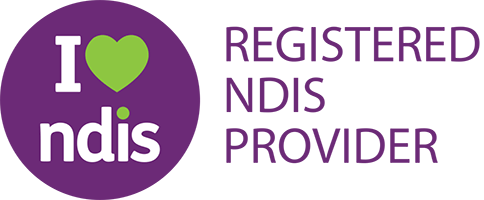Working with your Clients
It’s important for you to know what restrictive practice is when working as an AHA to ensure that: You are avoiding the risks of applying it and You know how to report if used within the workplace. DEFINITION: VIC Health definition“The use of restraint is a significant infringement of a person’s right to [...]
Sessions with siblings or more than one person in the same household should be logged as one session, not two seperate sessions across the same time period For example, if you work with twins from 12-2pm, you should log the first child from 12-1pm, and the second child from 1-2pm. You should NOT log the [...]
Any materials or equipment should be selected at the discretion of the allied health professional i.e. The OT/ Speech Pathologist/ Physiotherapist should describe if any additional equipment is required for sessions. If this is the case,and the clients don't already have this equipment at home, our first recommendation is that the clients purchase the materials [...]
We have no formal uniform. We recommend that our allied health assistants dress in smart-casual attire to maintain professionalism. The only time we recommend dressing in more business-casual attire is for the meet and greet. It's kind of a two-way interview, so it helps to dress up slightly more to create a good first impression. For regular sessions, smart-casual [...]
An allied health assistant can: Implement an allied health professional's (AHPs) therapy strategies and programs in the client's home or community. This includes instructing, encouraging, and assisting clients in performing therapy-related activities, as well as other daily living activities. Interview a client at the Meet & Greet, receive and understand information about a client’s condition [...]
It is crucial to recognise that an allied health assistant does not replace an allied health professional. An allied health assistant MUST NOT: Make an assessment, diagnosis or treatment plan for a client. Modify a treatment plan in a way that has not been recommended by a therapist. Verbally or in-writing make recommendations or suggestions [...]




